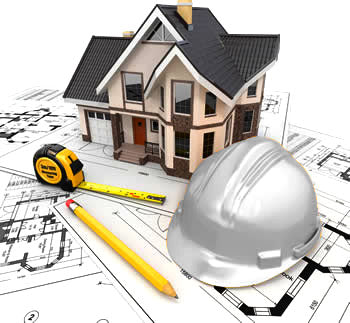There are different types of helmets as define by guide.directindustry, each designed for specific applications. Please note that not all safety helmets offer the same level of protection, so be sure to choose one specifically designed for the application you are looking for.
You will find a table below summarizing the type of helmet per application, the level of protection as well as the applicable standard (we will go into more detail on standards later) and the accessories available.
| Helmet | Protection | Accessories | Applications | Applicable standard |
| Bump cap | Resistant to light impacts that can cause superficial injuries. Not suitable for falling objects or projections. |
Can be equipped with an LED light. | Basic work in an industrial environment without major risks (plumbing, maintenance, repair). Agri-food sector because it is easy to decontaminate. |
EN 812 |
| Safety helmet for general use | Protection against falling objects and perforation by sharp objects. | Is equipped with a cover (to deflect objects) and a cap (to absorb the shock). It also features an adjustable chinstrap and neckband for support. It can be equipped with other protections (for hearing, corrosive materials, high temperatures, etc.). |
Worksite Construction |
EN 397 |
| High-performance safety helmet | Greater resistance to falling objects and perforation by sharp objects. | Cover Cap Chinstrap Neckband |
Hazardous work | EN 14052 |
| Electrician helmet | High resistance to electrical currents (up to 440 volts, brief exposure). | Cover Cap Chinstrap Neckband |
Electrical hazardous work | EN 50365 EN 397 |
| Forestry helmet | Resistance to projections and falling wood. | Visor (for eye protection). Anti-noise earmuffs (for hearing protection) |
Logging and brushcutting work |















